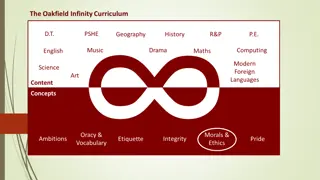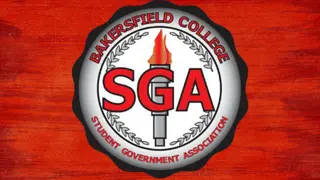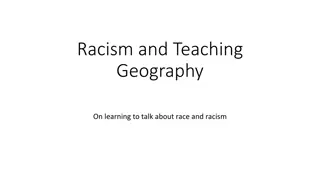Exploring Racism and Identity: A Journey of Consciousness and Action
Delve into the complexities of racism and identity through insightful discussions and thought-provoking content. Uncover historical patterns and systems that shape our perceptions, engage in courageous conversations to challenge societal norms, and empower individuals to take meaningful action towards creating a more equitable future. From early childhood to adolescence, navigate through uncomfortable truths to foster empathy, awareness, and a commitment to systemic change.
Download Presentation

Please find below an Image/Link to download the presentation.
The content on the website is provided AS IS for your information and personal use only. It may not be sold, licensed, or shared on other websites without obtaining consent from the author. Download presentation by click this link. If you encounter any issues during the download, it is possible that the publisher has removed the file from their server.
E N D
Presentation Transcript
Understand history, patterns, and systems Practice talking about racism and racial disparities Personal learning and growth to create a shift within individuals The purpose of this book club Provoke an emotional state (discomfort, empathy, outrage) that raises our consciousness Commit to action and systems change
Courageous Conversations Protocol Glenn E. Singleton Stay Engaged Speak Your Truth Experience Discomfort Expect and Accept Non-Closure
March 9th Part II: Understanding Blackness in a White Context (Chapters 3-5) April 13th Part III: Understanding Whiteness in a White Context (Chapters 6-7) May 11th Part IV: Beyond Black and White and Breaking the Silence (Chapters 8-10)
Children as early as 3 yrsold notice racial differences, absorb stereotypes, and try to make sense of this information: Is his skin brown because he drinks too much chocolate milk? Is her skin brown because she s dirty? White children rarely ask about their skin color (internalized whiteness as the norm). White parents and teachers often don t notice or don t know what to say Shh, hushed tones (imply that it is taboo to talk about race) Assume colorblindness and avoid difficult discussions Preschool Conversations
Respond to child logic with facts Chocolate milk melanin Positive reinforcement Beautiful skin Prepared to answer big questions Slavery Vigilantly educating and challenging Challenge Oppressive Messaging Boxcar Children Lion King Comments made Critical Consciousness Who is in this story? Whose perspective is included? Who is left out?
Around puberty, identity questions arise. Who am I? Who can I be? How do I fit in? Identity We have many identity domains, yet we do not actively explore them all at once. Development in adolescence Adolescents of color are more likely than white adolescents to actively explore their racial or ethnic identity People belonging to the dominant social group (white, male, heterosexual, etc) typically take those identities for granted
Salient Identity Read passage page 133
Defining the personal significance and social meaning of belonging to a particular racial group Begin to experience racism Racial slur Microaggressions Assumptions, stereotypes Racial Identity development Need to process with friends White friends don t understand Perpetrate unintentional microaggressions Invalidate feelings
Black adolescents are encountering racism and reflecting on their identity, but their white peers are unprepared to respond in supportive ways. Black students turn to each other for the much- needed support they are not likely to find anywhere else. Why are all the Black kids sitting together In racially mixed settings, racial grouping is a developmental process in response to an environmental stressor, racism. in the Although Black fathers, mothers, aunts, and uncles may hold the answers to the questions by offering themselves as role models, they hold little appeal for most teenagers. cafeteria? Teens looks to their peers in the cafeteria to answer the question of how to be Black.
Researchers theorize that the anger and resentment that adolescents feel in response to their growing awareness of the systematic exclusion of Black people from full participation in US society leads to the development of an oppositional social identity. Oppositional Identity Development This oppositional stance both protects one s identity from the psychological assault of racism and keeps the dominant group at a distance. Teens have absorbed the stereotypical images of Black youth in the popular culture and are reflecting those images in their self-presentation.
Affinity Groups
Policy Social-ecological model Vote Advocate for change Community Organizational Hiring and retention Voices at the table Examining policies Antiracist Action Interpersonal Stop microaggressions Expand your network Individual Learn the history/patterns Challenge assumptions Racial identity development
Honor Confidentiality Small Groups Choose courage over comfort Regard feedback as a generous gesture that should always be met with gratitude
1. What stands out to you from the reading or todays presentation? 2. Think about your earliest race-related memory. How old were you? How did you feel? 3. What was the most salient identity for you to explore as a teenager? Did you examine race? What about now? 4. What was your affinity group growing up? What were the greatest stressors that you bonded over? What were the other affinity groups? What about now? Discussion Questions 5. What action steps have you taken since our last meeting? Have you found any resources or opportunities for action?























